To touch on geography again, I'm interested to hear more about what perspectives shape the local awareness of service design, and what value it can deliver. To what extent are local businesses and organisations aware of our practice, and from whom are they learning?
The Hong Kong government has a Design Thinking programme called UNLEASH that has been running for the last couple of years. The programme is building awareness about the value of human centred design methodologies such as service design. They have started to collect local case studies and are running events, trainings and workshops. MAKE Studios and other local companies are working in collaboration to support these objectives as the practices mature. While service design has become quite well known in Hong Kong’s English-speaking corporate sector, it hasn’t entered Hong Kong much beyond that. Ninety-eight percent of all businesses in Hong Kong are local SMEs for whom service design is a completely unfamiliar concept. Even when attached to more familiar terms such as customer or user experience, the value remains unclear. This is not something that can be addressed simply by English-to-Cantonese translation. The whole idea of service design has to be disassembled, reframed, re-built and localised in order to be understood. The workshops that we deliver in Cantonese often have little resemblance to the English equivalent. Common frameworks such as the double diamond are difficult to translate and communicate, so we have to adapt and find new ways to convey meaning and intent.
Community-building is another important part of creating sustainable learning systems and structures and nurturing talent. At Service Design Hong Kong last year, we launched a programme called ‘Design for Impact’ which modelled a systemic approach to solving social issues. We combined NGOs, social enterprises, corporates, subject matter experts, customers, suppliers and stakeholders to explore different perspectives of the same problem. The programme encouraged people to explore the ‘white spaces’ between organisations, people and perspectives to find opportunities for mutual value. This sparked a number of spin-off projects to build on the solution ideas generated.



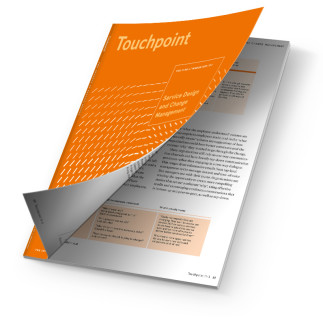
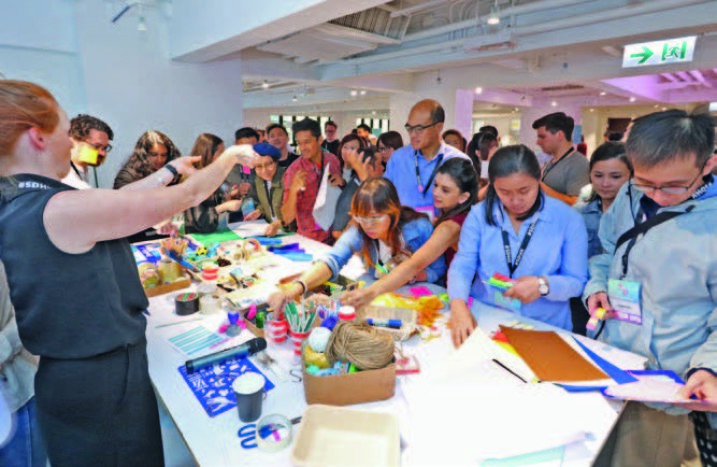
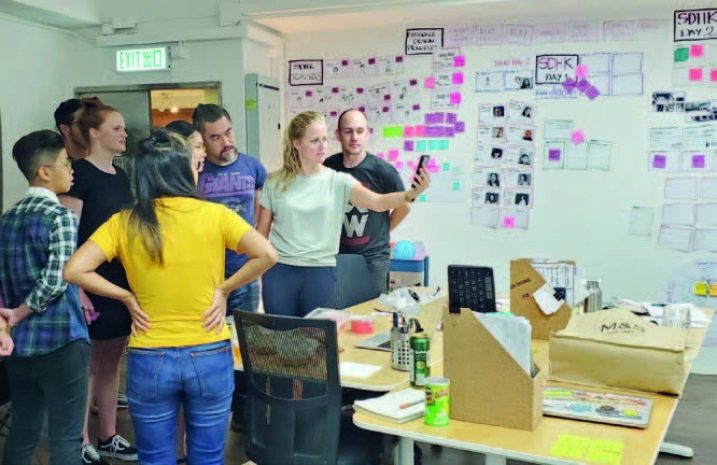
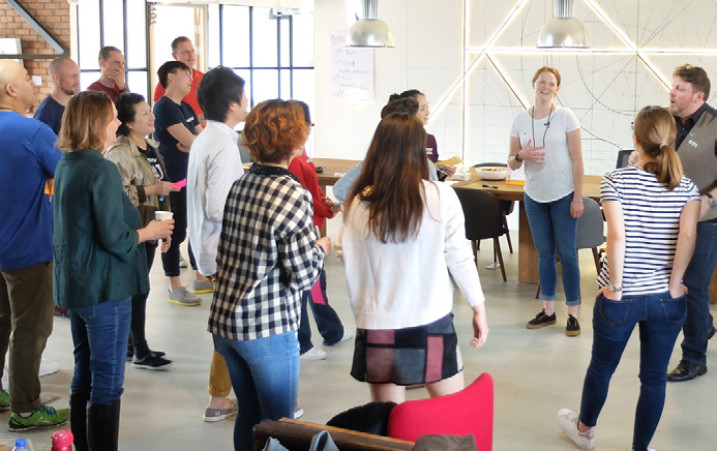


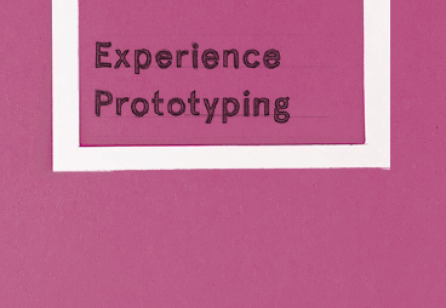
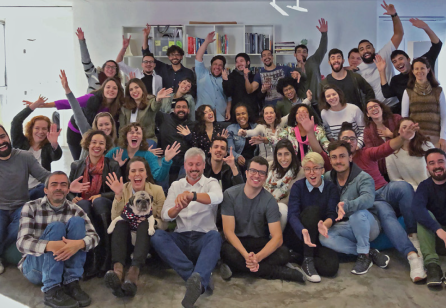
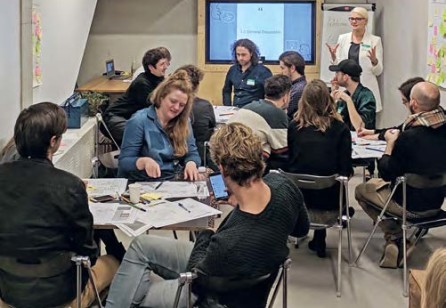

Share your thoughts
0 RepliesPlease login to comment